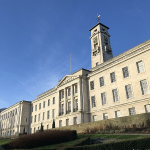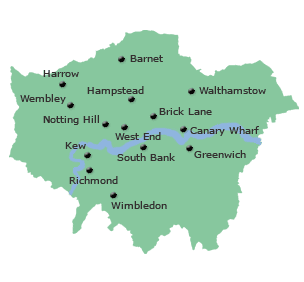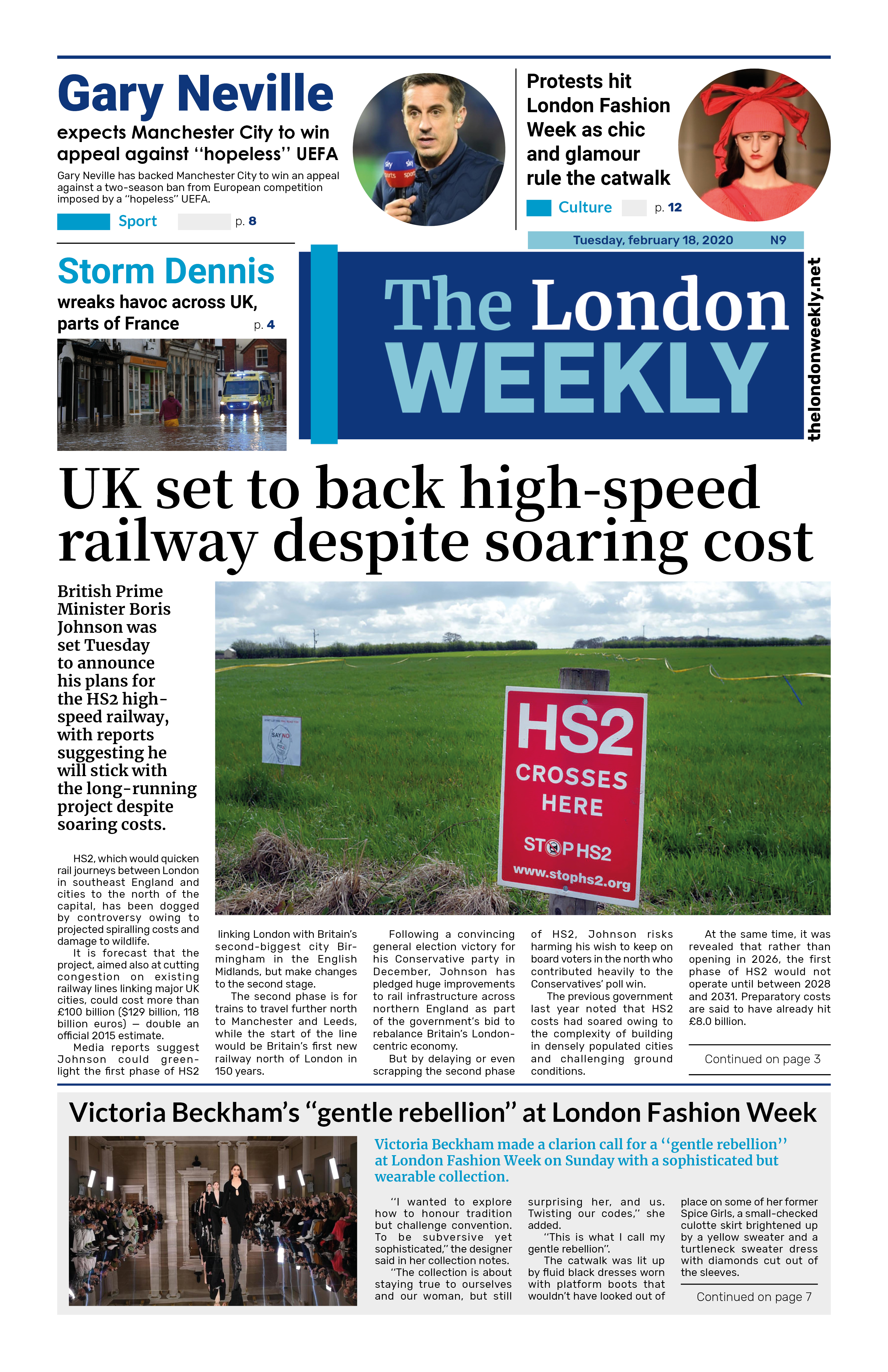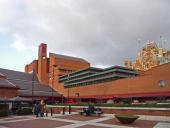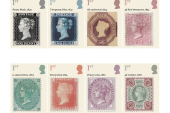
UK house prices took a dip in March, with the average property falling in value by £1,575 compared to February, according to Halifax.
The average home price now stands at £296,699, down from £298,274 the month before. This marks a 0.5% month-on-month decline, although annual growth held steady at 2.8%.
Impact of stamp duty changes
Changes to stamp duty came into effect on April 1, reducing the "nil rate" band in England and Northern Ireland. Buyers rushed to complete purchases before the deadline, which drove up transactions earlier in the year.
Amanda Bryden, head of mortgages at Halifax, explained:
“Prices rose in January as buyers hurried to beat the stamp duty deadline. With those deals now completed, demand is returning to normal, and new applications are slowing.”
She added that Halifax saw more home sales completed in March than in January and February combined — including its busiest single day ever.
Outlook for the housing market
Despite the recent dip, Bryden says prices remain near record highs. She expects gradual improvement in affordability, helped by anticipated interest rate cuts from the Bank of England and continued wage growth, which could lead to modest price increases later in the year.
Regional trends
Northern Ireland recorded the strongest annual price growth at 6.6%, followed by Scotland at 4.3%. Yorkshire and the Humber also saw solid growth, with a 4.2% increase.
In contrast, London lagged behind with only a 1.1% rise. With the UK’s highest average house prices — £543,370 — some buyers in the capital are now facing steeper stamp duty bills due to the changes.
Challenges for buyers and sellers
Alice Haine, a personal finance analyst at Bestinvest, said first-time buyers are likely to feel the biggest squeeze from the stamp duty shift, now needing more upfront cash. “Affordability may have improved slightly due to easing mortgage rates and wage growth, but April remains a challenging month,” she noted.
Nathan Emerson, CEO of Propertymark, pointed out that while the price drop may disappoint some sellers, it opens the door for new or second-time buyers looking to enter the market.
Mortgage and interest rate insights
Tom Bill of Knight Frank suggested that U.S. trade tariffs have reduced borrowing costs as markets anticipate an economic slowdown, increasing expectations for multiple Bank of England rate cuts this year. However, he warned that inflation risks remain, which could put upward pressure on UK mortgage costs later.
Mark Harris, CEO of mortgage broker SPF Private Clients, said the slight price drop isn’t surprising given current borrowing costs. But falling swap rates — used to price fixed-rate mortgages — could push lenders to offer more attractive five-year fixed deals, potentially boosting buyer confidence.
Stamp duty negotiations
Gareth Lewis of MT Finance said buyers are now negotiating harder, especially those hit by the new stamp duty rates after missing the deadline. Success in those negotiations will vary by deal.
Jonathan Handford of Fine & Country added that while the market may cool slightly post-deadline, spring typically brings more activity, especially if optimism around interest rate cuts continues.
Regional House Price Snapshot (Halifax data):
East Midlands: £246,254 — up 2.9%
Eastern England: £335,731 — up 1.7%
London: £543,370 — up 1.1%
North East: £175,825 — up 2.3%
North West: £240,554 — up 3.8%
Northern Ireland: £206,620 — up 6.6%
Scotland: £213,750 — up 4.3%
South East: £392,444 — up 2.0%
South West: £304,091 — up 1.0%
Wales: £227,332 — up 3.7%
West Midlands: £261,772 — up 3.3%
Yorkshire and the Humber: £215,807 — up 4.2%


















